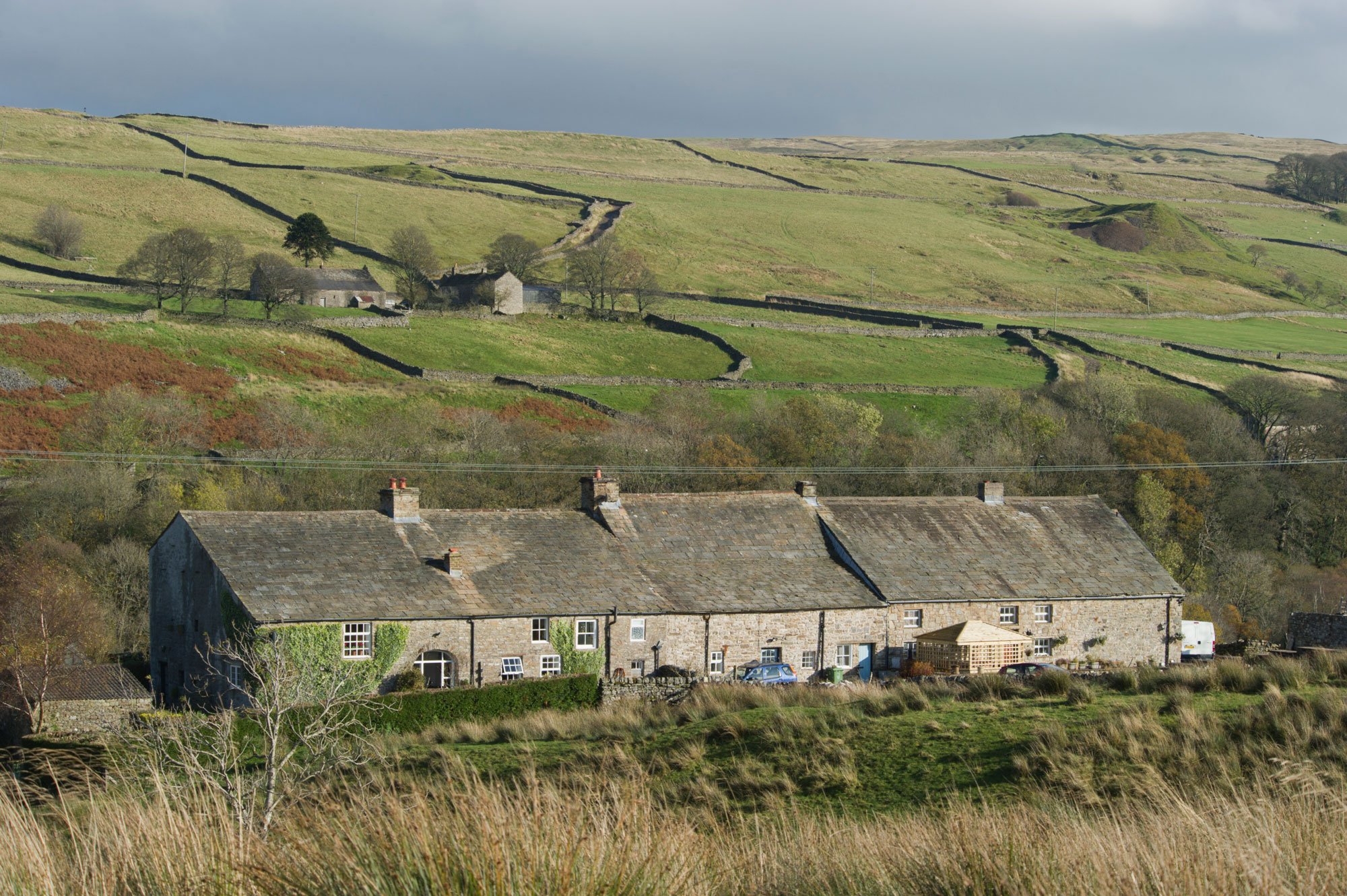What Affects the Energy Efficiency of Your Home
Every building's energy performance varies. There are many interacting factors involved, so there is no one-size-fits-all solution to making a building energy efficient.
To understand the energy performance of your home, and identify opportunities for improvements, you need to consider all the factors that affect your energy use, your home's energy efficiency, and how these are interlinked.
Location and orientation
The energy performance of your home is affected by its exposure to wind, rain, sun and the shadows cast by nearby buildings and vegetation.
The level of exposure to the elements varies regionally, and even locally. Exposure to the elements will affect the way your home dries after rain and where it will gain heat from the sun. It will also be a factor on whether your home is suitable for solar photovoltaic panels for generating sustainable energy.
A building in an exposed upland area or close to the sea will need a different approach to one on a sheltered inland or urban site.
Taking your location and orientation into consideration will help you to understand your overheating risk, your flood risk, which side of your building will need more maintenance and the other impacts of the environment around you.
Design and fabric
The design of your home, whether it is detached, semi-detached, terraced or a flat, the construction materials and their condition all affect energy performance.
Buildings can generally be separated into two types:
- Buildings of traditional construction were made with natural materials that manage moisture by absorbing and releasing it slowly. Some of these have solid walls made of brick, stone, or earth. Even older buildings may be timber framed
- Modern buildings seek to prevent moisture from getting into the building and are generally made of harder materials like cement
It is important to understand the difference and use appropriate materials to maintain, repair and decorate your home to ensure it continues to work well over time.
Impermeable materials like cement renders and gypsum plasters will trap moisture in buildings of traditional construction and can result in deterioration via damp, mould or rot.
Where moisture is trapped it makes the wall damp, and a damp wall is a cold wall.
Services and equipment
In your home you will be using a variety of ways to heat, cool, light or ventilate it and all of these services or equipment use energy.
So do the equipment and appliances we use for cooking, washing, IT and entertainment.
Reducing your use of these will reduce your bills and carbon emissions.
People
We all use our homes in different ways. The amount of energy we use varies too.
The number of people in a house, the indoor temperature they find comfortable, and the services and equipment they use all have a significant effect on how much energy a household consumes.





